
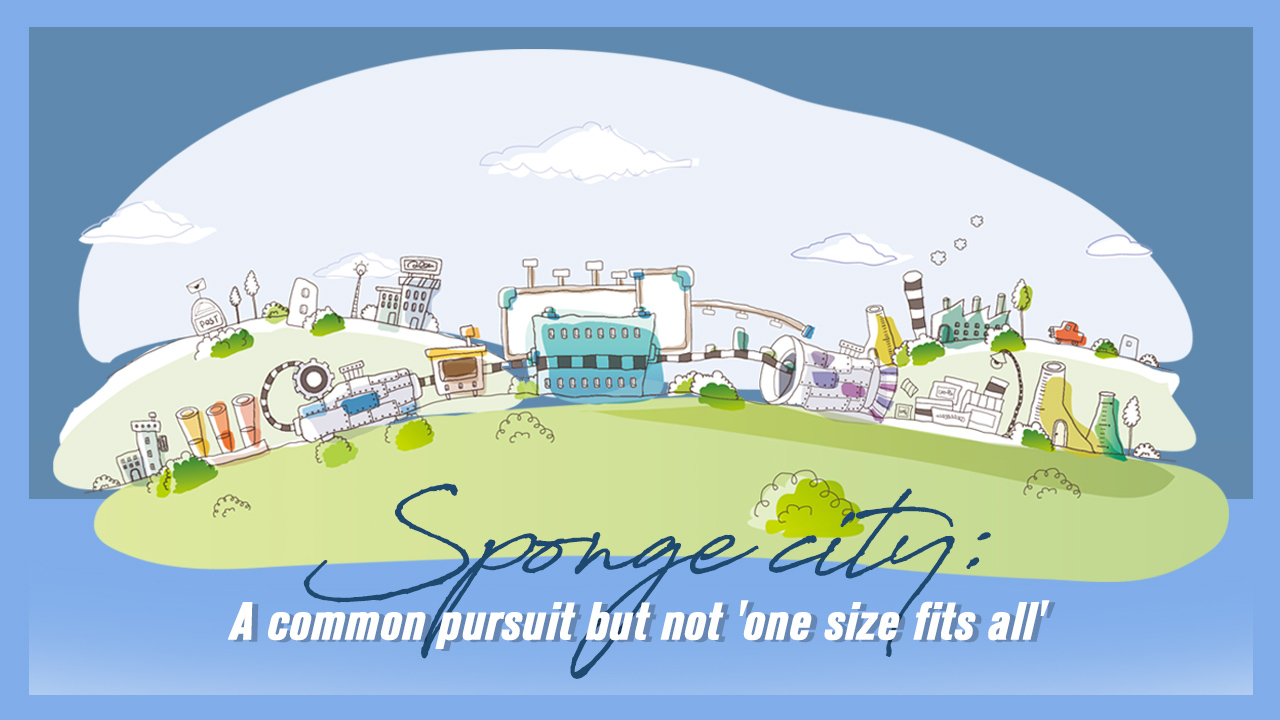
Now the flowers at the Netherlands Pavilion are in full bloom. Almost two months into the horticultural expo, the pavilion has embraced its national day, and more importantly, a discussion on the building of a sponge city, one that can not only deal with "too much" water, but also the "scarcity" of water. In a word, to be water-sensitive, like a sponge.
According to data from the United Nations, the world's population will grow from 7.7 billion currently to 9.7 billion in 2050, posing a mounting threat to sustainable urban planning. And with climate change, flooding and water shortage exist at the same time. That makes water management a key issue.
Battling flood
"In the Netherlands, the first thing is how to keep your feet dry," according to Peter Verdaasdonk, Chief Executive Officer of Floriade Almere 2022 BV, the organizer of the next expo, half of the Netherlands is under sea level. "The city of Almere was totally water 50 years ago. Now we have 200,000 people."
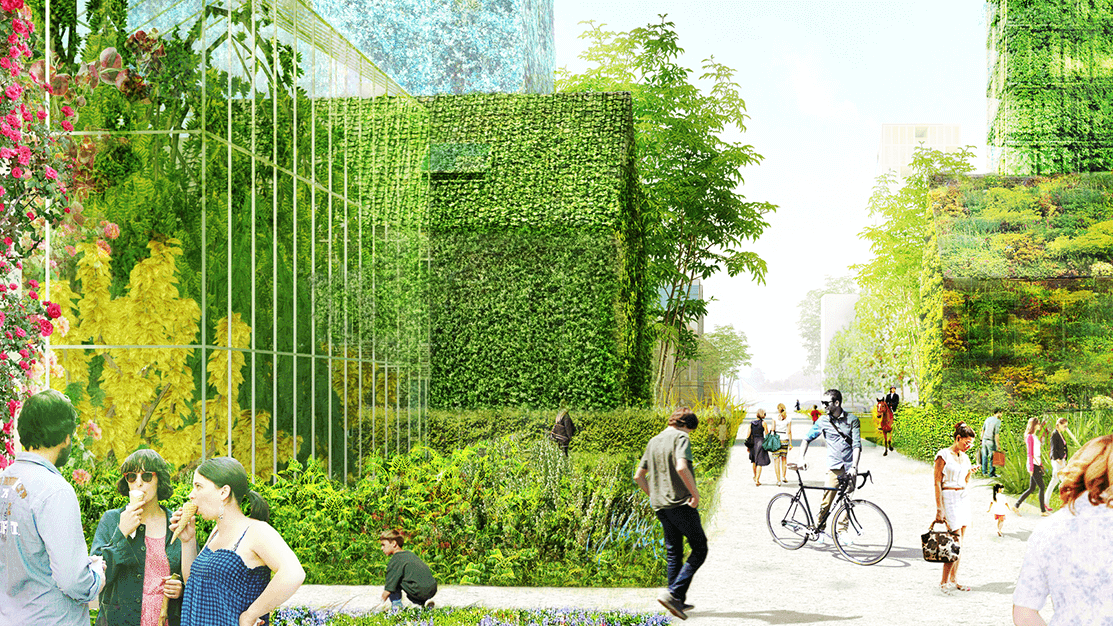
A conception of green city. /Expo 2022 Floriade Almere
Cities worldwide are stepping up to challenges of sea-level rise. Reducing carbon emissions, working on sea walls, surge barriers and water pumps are part of the effort. Cities including Zhuhai in south China's Guangdong Province have taken environmental approaches like land recovery and the restoration of mangroves and wetlands to help with water storage. Other approaches include urban design and water re-treating.
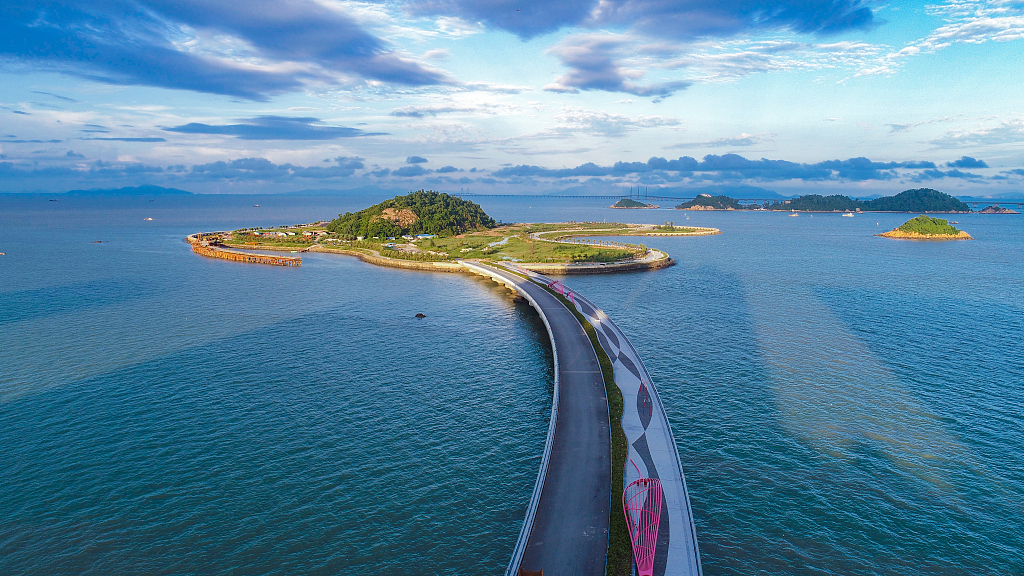
Zhuhai City, Guangdong Province, south China. /VCG Photo
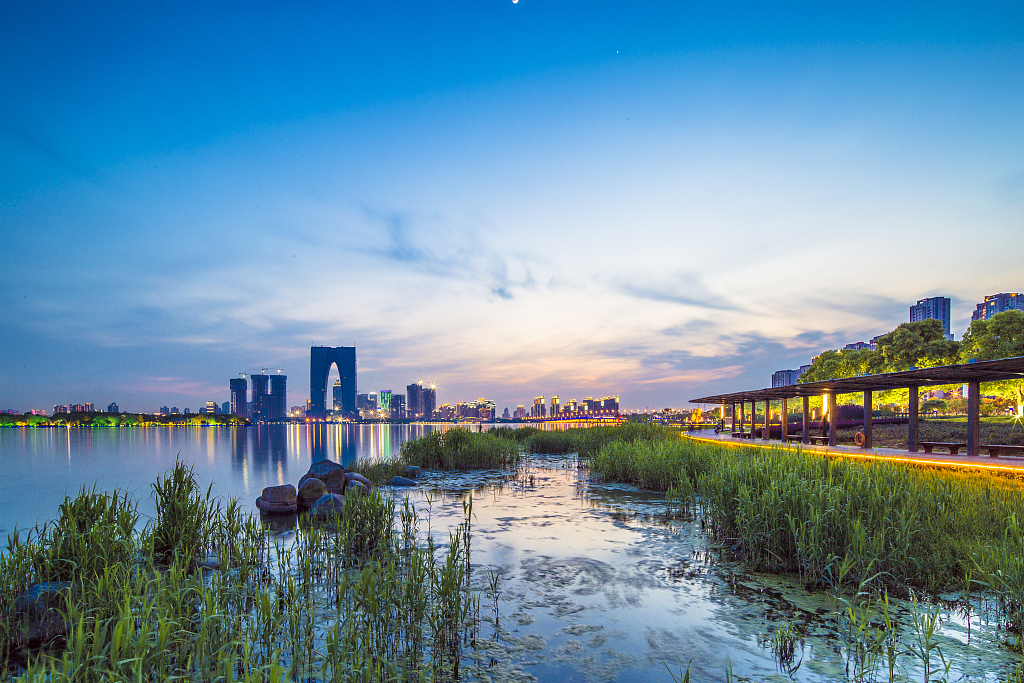
Wetlands in Suzhou City, Jiangsu Province, east China. /VCG Photo
Feeding the world
The Netherlands is the second largest food producer worldwide, which is special given its small area for growing. This makes it a hotspot for horticultural innovations. According to Loek Hermans, CEO of the Dutch Topsector Horticulture & Starting Materials, one of the factors that make the Dutch sector unique is its ability to computerize the water the plants need to counteract the unstable weather. This is important because of the shortage of sweet water, which will still be a big problem in the future.
The second is to control various elements surrounding the plants. Special designs of glasses for the greenhouses are made to make the light more concentrated. Research institutes give advice on what kinds of artificial light can make seeds grow better. This cooperation among the farmers, the government, and research institutes give the Netherlands the position where it is. "We made it together," said Hermans.
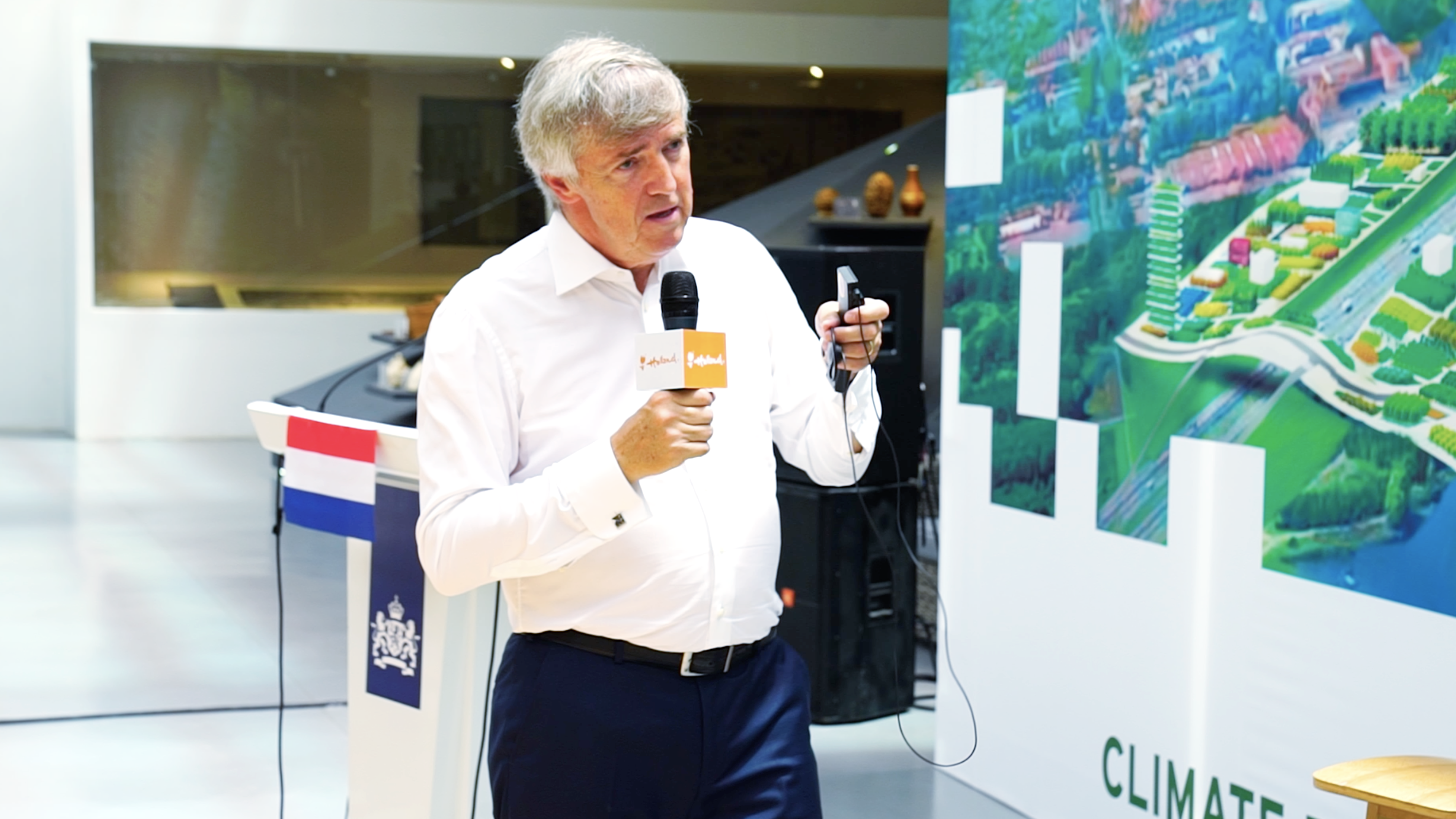
Loek Hermans. /CGTN Photo

Greenhouse in the Netherlands. /VCG Photo
City of the future
Building a green city is an ambition for the world. China alone aims to have 80% of its urban areas able to absorb and re-use at least 70% of rainwater by 2020. While at this dialogue, the Beijing Expo and the next expo find a meeting point. According to Peter Verdaasdonk, the expo site of Floriade Almere 2022 will be developed as a Green City Arboretum by landscape developer Niek Roozen, the designer of the Netherlands Pavilion at the Beijing Expo. In that way, the area will become a new district of Almere based on green city principles.
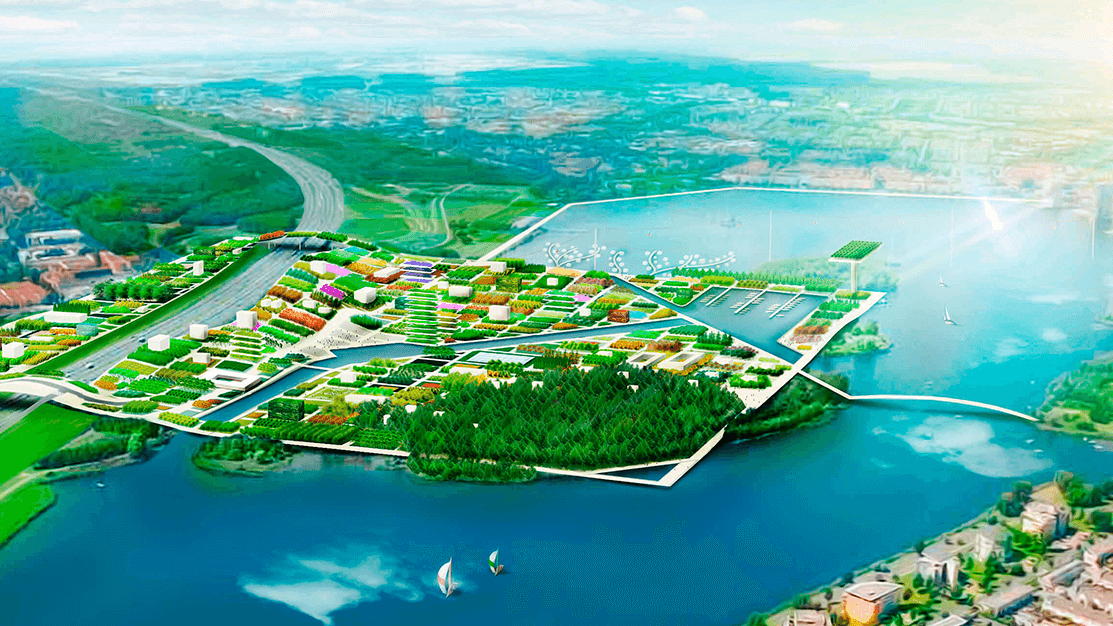
Design of the Almere Expo. /Expo 2022 Floriade Almere
The basic layer is the expo, the second layer is the green city of the future, and the third is the exchange of ideas that will accelerate the building of sustainable cities worldwide. "That is our ambition," said Peter Verdaasdonk.
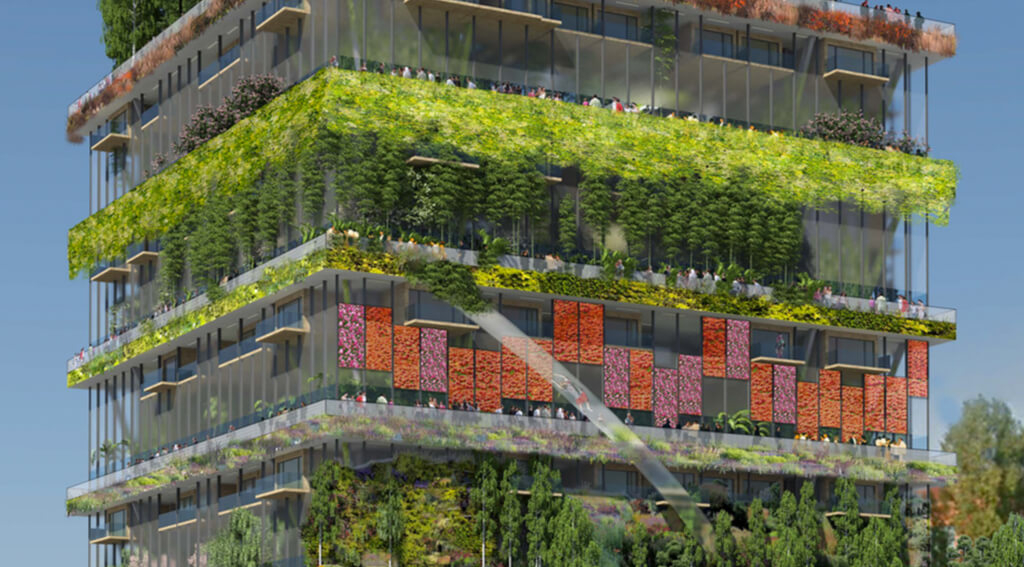
A conception of vertical greening. /Expo 2022 Floriade Almere
Director: Ge Kai
Editor: Ge Kai
Filmed by: Wu Chutian
Designer: Gao Hongmei
Article Written by: Ge Kai
Producer:Wen Yaru
Chief Editor:Lin Dongwei
Supervisor:Zhang Shilei

Copyright © 2018 CGTN. Beijing ICP prepared NO.16065310-3
Copyright © 2018 CGTN. Beijing ICP prepared NO.16065310-3